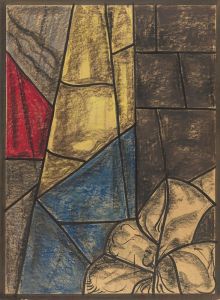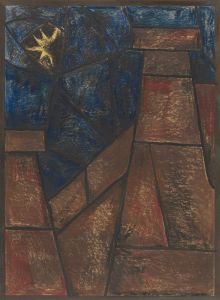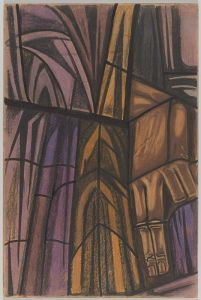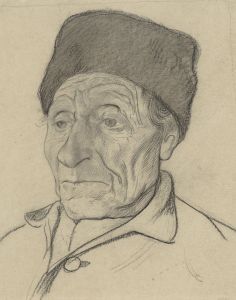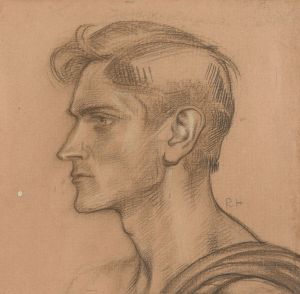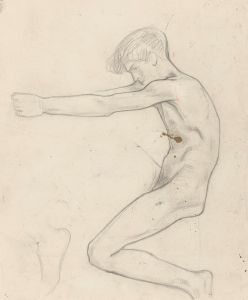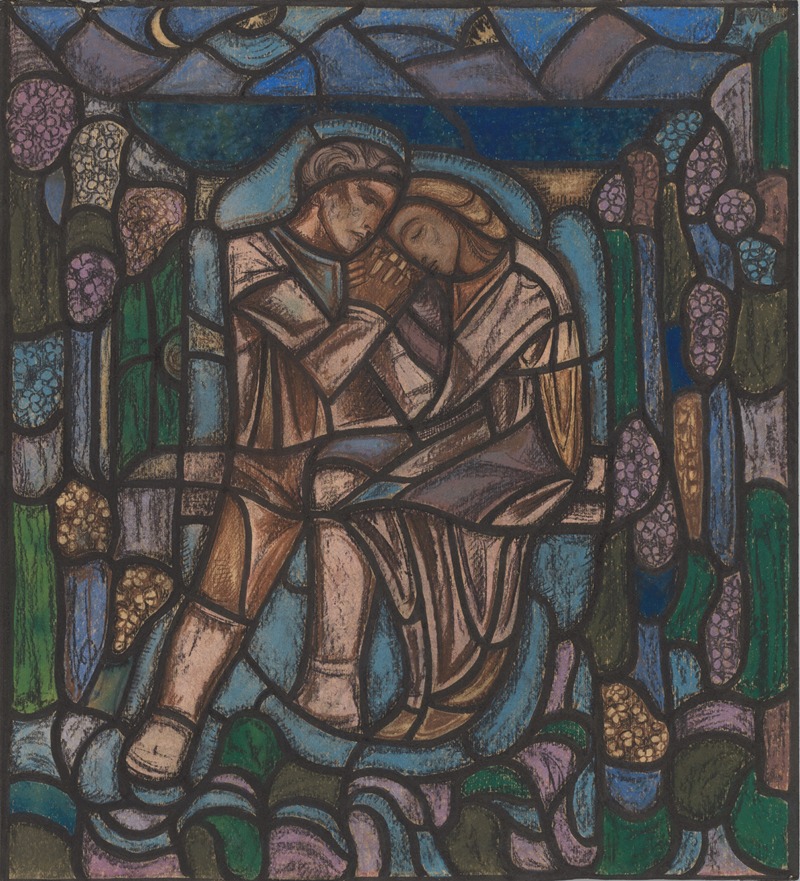
Ontwerp voor raam in het Nederlands Paviljoen op de tentoonstelling Arts Décoratifs te Parijs, 1925
A hand-painted replica of Richard Nicolaüs Roland Holst’s masterpiece Ontwerp voor raam in het Nederlands Paviljoen op de tentoonstelling Arts Décoratifs te Parijs, 1925, meticulously crafted by professional artists to capture the true essence of the original. Each piece is created with museum-quality canvas and rare mineral pigments, carefully painted by experienced artists with delicate brushstrokes and rich, layered colors to perfectly recreate the texture of the original artwork. Unlike machine-printed reproductions, this hand-painted version brings the painting to life, infused with the artist’s emotions and skill in every stroke. Whether for personal collection or home decoration, it instantly elevates the artistic atmosphere of any space.
Richard Nicolaüs Roland Holst was a prominent Dutch artist known for his contributions to the decorative arts and his involvement in the Dutch art movements of the late 19th and early 20th centuries. One of his notable works is the "Ontwerp voor raam in het Nederlands Paviljoen op de tentoonstelling Arts Décoratifs te Parijs, 1925," which translates to "Design for a Window in the Dutch Pavilion at the Decorative Arts Exhibition in Paris, 1925."
This work was created for the Exposition Internationale des Arts Décoratifs et Industriels Modernes, held in Paris in 1925. This exhibition was a significant event that showcased the latest trends in decorative arts and design, and it is where the term "Art Deco" was popularized. The Dutch Pavilion was one of the many national pavilions at the exhibition, each designed to highlight the artistic and cultural achievements of the respective countries.
Roland Holst's design for the window in the Dutch Pavilion is an example of his skill in integrating art with architecture. His work often reflected a synthesis of various artistic influences, including symbolism and the Arts and Crafts movement. He was known for his ability to blend traditional craftsmanship with modern aesthetics, a quality that was highly valued in the context of the 1925 exhibition, which aimed to promote modern design while respecting traditional techniques.
The design itself would have been characterized by Roland Holst's typical style, which often included intricate patterns and a strong sense of composition. His works frequently featured allegorical and symbolic elements, and he was adept at using color and form to create harmonious and visually striking designs. Although specific details about the window design are not extensively documented, it can be inferred that it would have embodied these qualities, contributing to the overall aesthetic of the Dutch Pavilion.
Richard Roland Holst was not only a visual artist but also a writer and a teacher. He played a significant role in the Dutch art scene, influencing a generation of artists through his teachings and writings. His involvement in the 1925 Paris exhibition is a testament to his standing in the international art community and his commitment to promoting Dutch art and design on a global stage.
The 1925 Paris exhibition was a pivotal moment in the history of design, marking a transition from the ornate styles of the past to the streamlined, modern aesthetics that would dominate the 20th century. Roland Holst's contribution to the Dutch Pavilion was part of a broader effort to position the Netherlands as a leader in modern design, showcasing the country's ability to innovate while maintaining a connection to its artistic heritage.
In summary, Richard Nicolaüs Roland Holst's "Design for a Window in the Dutch Pavilion at the Decorative Arts Exhibition in Paris, 1925" represents an important intersection of art, design, and international cultural exchange. While specific details of the design are limited, the work exemplifies Roland Holst's artistic philosophy and his role in the evolution of modern decorative arts.






